The content of the article
White-capped porridge is a very small bird, the size of a sparrow. She belongs to the group of passerines, to the family of oatmeal.
In other buntings, first of all, there is no white cap on the head, which can be used to identify males directly. In females, the cap differs sandy-white shade.
Body length and weight in these birds:
- in males 17.5 - 19 cm, weight - up to 30 grams;
- females 16.5 - 18 cm, weight - up to 28 grams.
Appearance
The color of the male, above all, is characterized by white feathering on the head, resembling a small white cap. Sometimes narrow and rather rare feathers are visible in this place. On the sides of the cap are stripes of black color or with the presence of a chestnut shade, the same color and forehead. Chestnut brows, throat. The border around the eyes and the bands behind the eyes also have the same color. But the band passing under the eye, goiter and spots on both sides of the cheeks are white.The dark brown beak is small in size. The closer to the mandible, the slightly lighter it is.
The wings of the male are 8.8–9.6 cm, and that of the females is 8.1–9.4 cm. The top of the wing is the first three, almost identical, primary flywheels. But the fourth is shorter than the previous ones, and the subsequent ones are even shorter. In the tail part of the extreme longer than the middle, because it turns out a noticeable notch.
The color of the steering is usually brown. But the two extremes have a difference in that there are large patches of white color, and to the extreme pen they occupy a large part. Birds have brown legs.
The female as a whole differs little from the male.Its difference is that on the head the white color is not so strongly developed, the feathers are wide, have an olive-gray color, therefore they almost completely hide the white color, and the wide variegations are located more often. The back is not so bright, the mottles are also black, but less pronounced. Chestnut color is also present on the throat, but has a slightly sandy hue. With the same sandy, but ocher color goiter and flank, belly - with a grayish tinge.
Young buntings are similar, resemble adult females. But there are significant differences from the parents - it is the underdevelopment of white color on the head, or it is only slightly noticeable. Those bands that border the white spot, unlike the black ones that formed birds have, have a brown color. Spinal mottles quite dull. There is no solid ocher or chestnut tone on the throat, chest, chin and sides. But young birds are very developed spotting, which has a dark brown shade on the throat, and then it gradually changes to ocher-brown. The goiter still has a very small white spot with a small amount of dark pestrin. If the winter season comes, a brownish-olive color appears on the head and back,in summer, these parts acquire a brownish tint. The belly looks dirty white. Legs and beak with a light brown shade.
White Cap Oatmeal and its love for open space
This type of buntings lives mainly in Asia, in Siberia, in small groups located on the territory of China. It is widespread in the taiga and forest-steppe, it can also be found low in the mountains. But still the most favorite habitats are the bright sunny edges of the mixed or pine forest, glades and glades, a forest belt or field, logging and even the outskirts of the forest-park zone.
This is a migratory species of birds, but some of them prefer to stay at home wintering. Therefore, the autumn flights are characterized by low intensity and end in the first part of October. They spend cold time at the Mediterranean or in Western Europe. Fly back start in March, at the end of April the arrival is fully completed. Remaining for the winter usually spend time in the fields, in settlements, settling on the outskirts, in the gardens.
Returning to their homeland, they choose places to live, such as trees and bushes, so that there is an open and sunny space, most often along the roads.
Nutrition
It holds, except for the spring period - at the time when couples are created, in flocks. Often, joining together with sparrows or other small birds, all together go in search of food. Together with insects with pleasure eat seeds of many plants. White-capped porridge eats on the ground.
Voice and singing
Males sing on top of a tree or shrub. Their voices are ringing, the singing is reminiscent of the sounds of "Tin-Tini", at the end the sounds become gradually quieter. Creek - it is quiet sounds, similar to the "cyc-cyc".
In the open space of the enemy, they notice quickly, and immediately fly away.
Procreation
Usually in the nest you can find from 4 to 6 eggs. They have shades from off-white to gray-blue, covered with sinuous dark brown or brown patterns, lines and patches.In the nest is usually the female, and the male occasionally can change it. If the nest is disturbed, the birds will leave it forever.
After 12-14 days, chicks appear, fed by both parents. In babies, the dorsal part is covered with plumage of a brownish-olive color. Pestriny only brownish-dark, chestnut color is completely absent. On the brownish olive abdomen, starting from the throat to the undertail, dark spots are very developed. But in the middle of the belly spotting is small.
Video: White-Cap Bunting (Emberiza leucocephala)

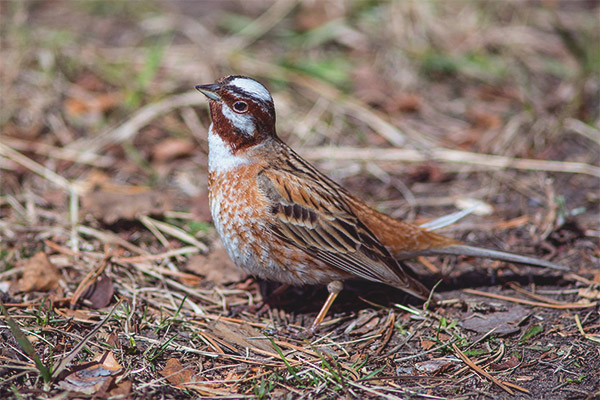
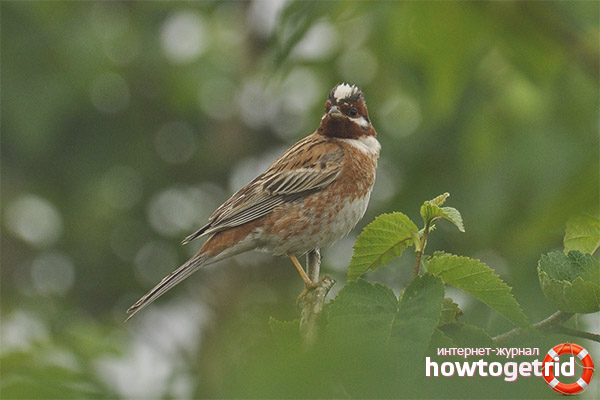
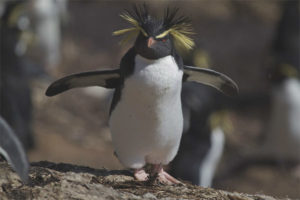
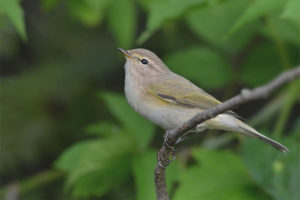
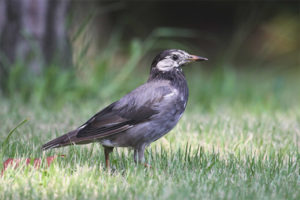
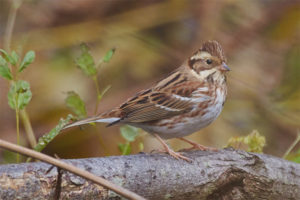
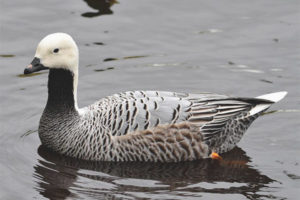
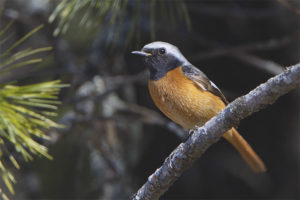
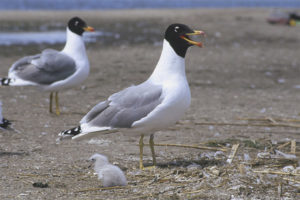
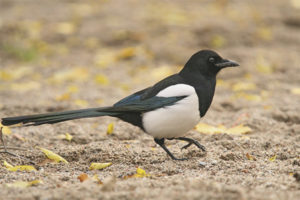
To send